| Structure | Name/CAS No. | Articles |
|---|---|---|
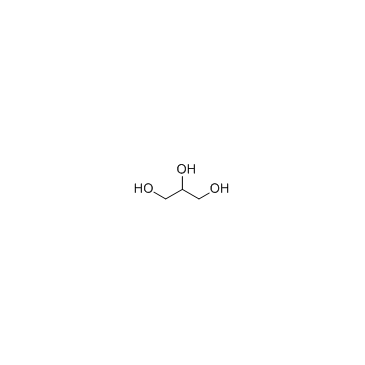 |
Glycerol
CAS:56-81-5 |
|
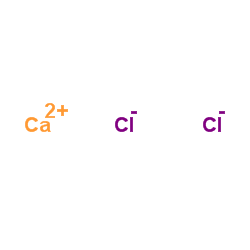 |
Calcium chloride
CAS:10043-52-4 |
|
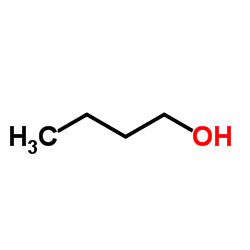 |
Butanol
CAS:71-36-3 |
|
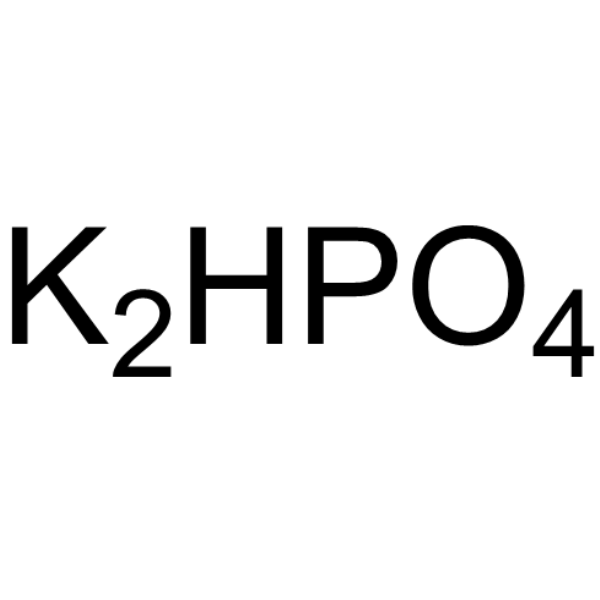 |
Di-potassium monohydrogen phosphate
CAS:7758-11-4 |
|
 |
magnesium sulfate
CAS:7487-88-9 |
|
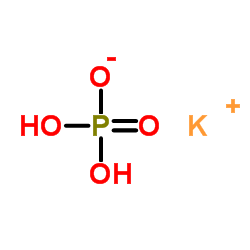 |
Monopotassium phosphate
CAS:7778-77-0 |
|
 |
Ammonium Chloride
CAS:12125-02-9 |
|
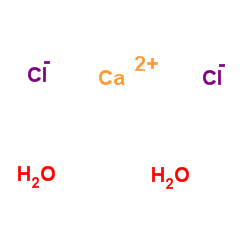 |
calcium chloride dihydrate
CAS:10035-04-8 |